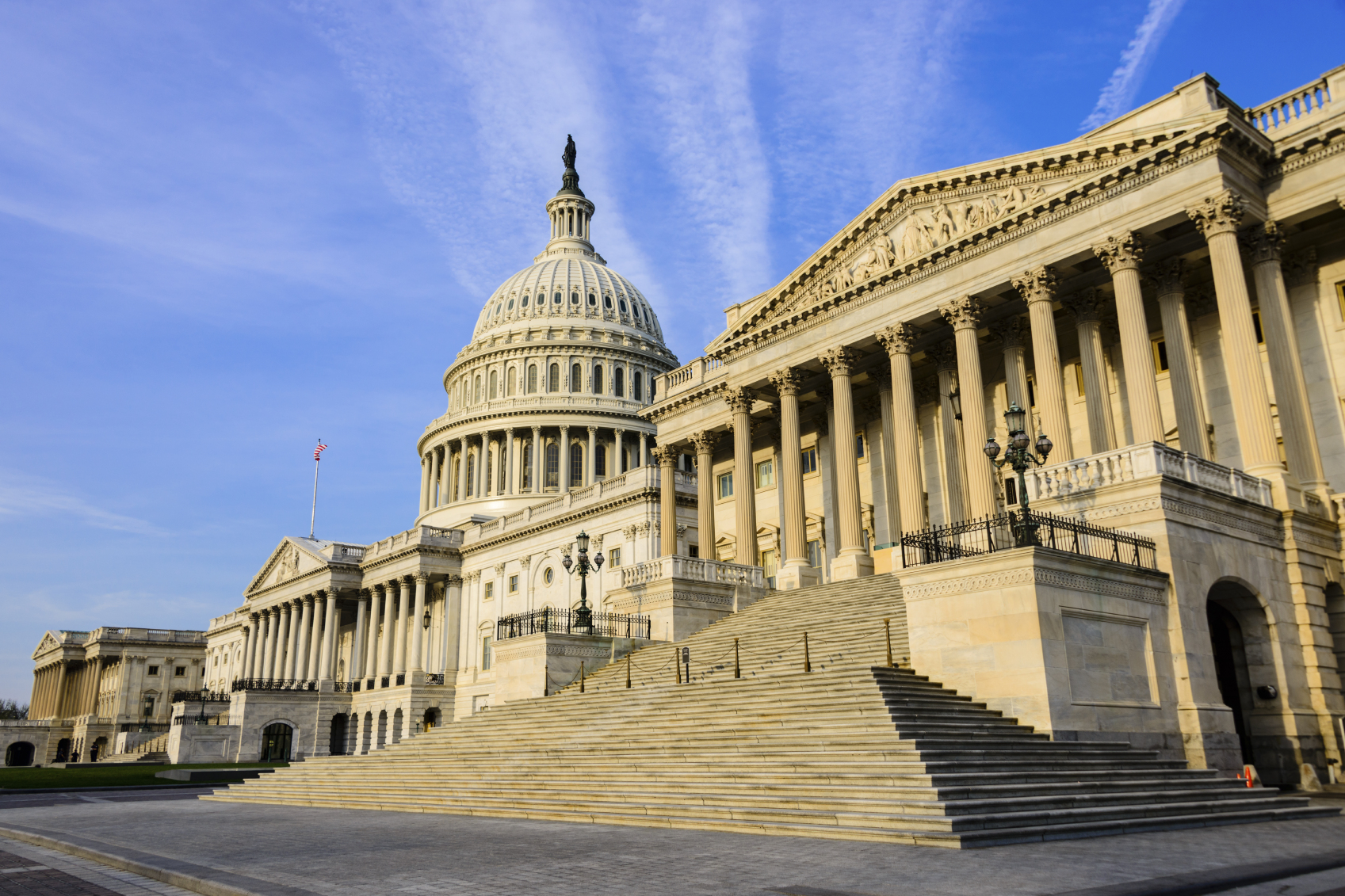This morning, Sara W. Koblitz of Hyman, Phelps & McNamara posted a blog titled “Is The Skinny Label Back From the Dead?” (here) that suggests there may be hope for the skinny label after all. The blog details the GSK v. Teva decision and the potential dire implications for the skinny label. She also outlines a decision in a case that was filed after GSK v. Teva in which she sees some hope for the Hatch‑Waxman skinny label provisions, even though the court in the GSK case claimed that its ruling was narrow in focus and very fact-specific.
The case (Amarin v. Hikma) also sought to have a court find that the generic manufacturer induced infringement by advertising that its product was AB-rated (therapeutically equivalent) to the Amarin product. The court sided with Hikma and dismissed the case. However, the interesting twist in this case is that Amarin also sued a health insurer claiming that because the health plan placed the Hikma drug in a lower tier for reimbursement purposes, which reduced copays, it resulted in the drug being automatically substituted for any use. This part of the case was not dismissed and will need to go to trial.
This is a really brief summary of Ms. Koblitz’s blog post so I suggest you read the entire article. My fear is that the various courts will begin to try to make skinny label cases “narrow” so each has some different facts that could be found to result in a finding of inducement to infringe and the skinny label, thus, may find its ultimate death by a thousand cuts. Because the skinny label is such an integral component of the balance between the brand and generic industries that was struck by operation of Hatch-Waxman, we may ultimately need to have the Supreme Court weigh in on or perhaps pass legislation that clearly defines a safe harbor provision to save the skinny label. The skinny label provision is an essential component of the Act that clearly can bring drug cost savings to patients without significant evergreening of patents and fear of suit by generic manufacturers.




